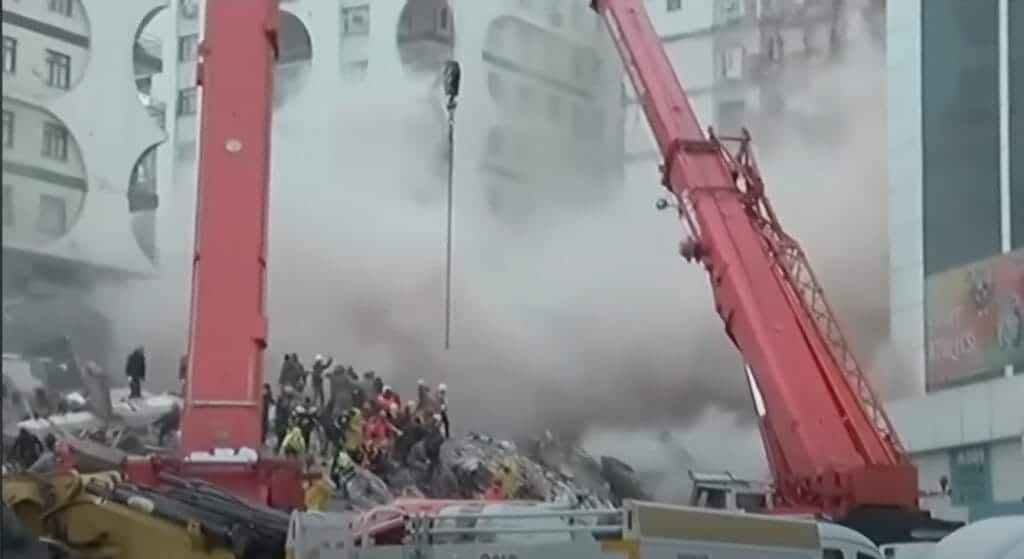As the search enters the fouth-night, Turkey and Syria are in the midst of devastation and heartbreak after Monday’s earthquakes. Thousands are still without shelter, food, water and most significantly loved ones. On the 6th of February, a series of earthquakes struck southern and central Turkey and northern and western Syria.
Anger is brewing as emergency services have been criticised for being slow off the mark in searching the rubble. Temperatures are near freezing. As time passes the chances of finding survivors become slimmer.
On Monday, the quakes reached a 7.8- magnitude which is classified as “major” on the Rictor scale.
As a result of the earthquakes, thousands of buildings collapsed. Within this, the number of people still missing is unknown. Rescuers begin by searching the buildings that are deemed ‘less damaged’. Those that are completely demolished are less likely to have living survivors.
As well as those actively searching, teams are on the ground listening and looking out for any signs of human movement. Thermal imaging cameras and sniffer dogs are also among the tools used. Due to such high demand, sometimes digging is having to be done with bare hands.
Experts have warned that the peak window for rescue is coming to an end.
The earthquakes are estimated to have impacted about 23 million people.
Save the Children have said that their “teams are operating hand-in-hand with long-term partners across northwest Syria and Turkey”. Yet they are reaching out to the public for urgent help.
The EU is planning to host a donor conference in March to mobilise international aid for Syria and Turkey. For now, though, charities are begging anyone who can to donate and help.
Why did this earthquake cause so much damage?
The quake was followed by multiple aftershocks and some of these were almost as deadly as the quake itself. With a fault line of nearly km, the number of buildings and settlements destroyed was immense.
A 7.8 magnitude quake was the first to hit Western Syria. Shortly after this, a 7.5 magnitude quake hit not far off in southern Turkey. Therefore, the two hypocenters of the quakes were close by making the aftershocks even more devastating. A few months ago a 5.6 quake left hundreds dead in Java, the 7.8 magnitude is “major”.
Another contributor to the damage caused by the quake was the time of day. Given that the earthquakes hit in the early hours of the morning, most people were inside buildings and also asleep. As a result of this, it can be assumed response times were slower and the quakes came as more of a shock.
Humanity prevails in the darkest times
The reponse to the crisis in Turkey and Syria from people all over the world has been incredible. Whether on the ground or miles away Turkey and Syria are in people’s thoughts.
In the UK, the DEC (Disasters Emergency Committee) has launched an appeal. Bringing together 15 UK aid charities, they are aiming to raise money for aid and support. The government has warned people to be cautious of the pages they are donating to and to make sure they are legitimate.
Times of pure devastation and heartbreak are sometimes when humanity comes together the most.






